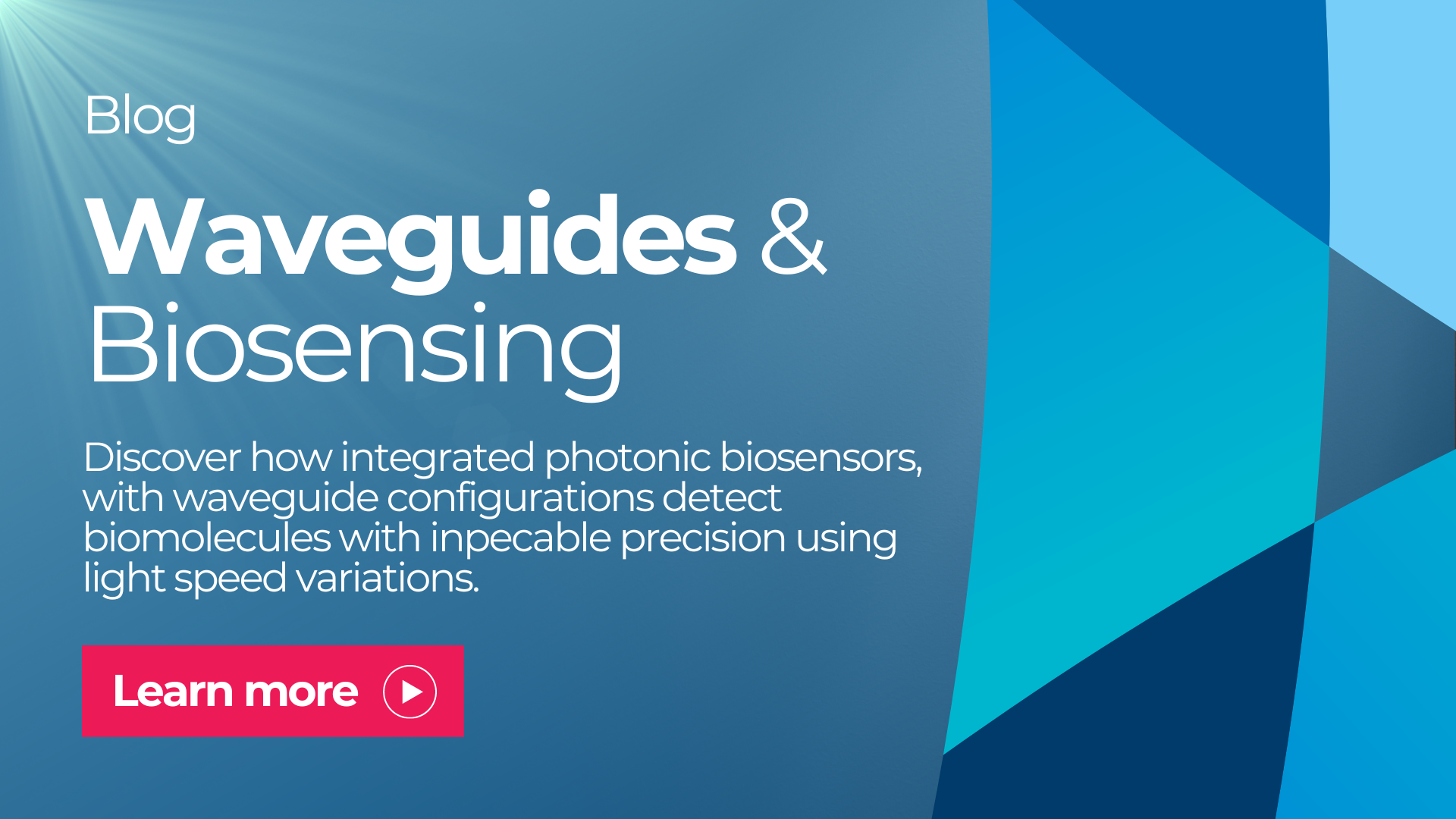The exploration of integrated photonic biosensors unfolds a world where light manipulates the detection of biomolecules with exceptional precision. This journey delves into the heart of waveguide configurations such as ring resonators and Mach-Zehnder interferometers, showcasing their critical role in biosensing technology. By detecting phase differences induced by changes in the refractive index, these devices open a new chapter in the precise identification of biomolecules.
The Role of Waveguide Sensors
Waveguides transform into sensors with remarkable sensitivity through configurations like ring resonators and Mach-Zehnder interferometers. These structures excel in their respective domains by manipulating light in unique ways. The interaction of biomolecules with receptors on the waveguide surface alters the local refractive index, subsequently affecting light’s speed. This intricate dance between biomolecules and light is pivotal in sensing technology, where the minutest changes are captured with finespan precision.
Interpreting Phase Differences
The phenomenon of phase differences stands at the core of waveguide biosensors’ functionality. Ring resonators employ circular waveguides to create resonant conditions for specific light wavelengths. Any alteration in the refractive index, such as those caused by biomolecule binding events, shifts the resonant condition, detectable through changes in light intensity. Similarly, Mach-Zehnder interferometers split light into two paths, with any phase changes in the sample path causing interference patterns upon recombination. These patterns, or variations in light intensity, are indicative of biomolecule interactions.
A Symphony of Light Intensity
The ultimate detection in both ring resonators and Mach-Zehnder interferometers boils down to light intensity variations at the output. These variations, stemming from biomolecule-induced phase differences, are precisely detected by instruments designed for this purpose. The quantitative measurement of biomolecules is achieved with unmatched sensitivity, underlining the efficacy of waveguide-based sensors in biosensing.
Conclusion
Waveguide-based sensors, through their innovative use of phase differences, have revolutionized the field of biosensing. By translating changes in the refractive index into detectable light intensity variations, they offer a powerful tool for the accurate detection of biomolecules. As we continue to unravel the potential of these devices, their impact on diagnostics and biosensing technology promises to be profound. The future episodes will delve deeper into the specifics of Delta Diagnostics’ instruments and their role in advancing biosensor capabilities, marking a significant milestone in the journey towards groundbreaking diagnostics.

